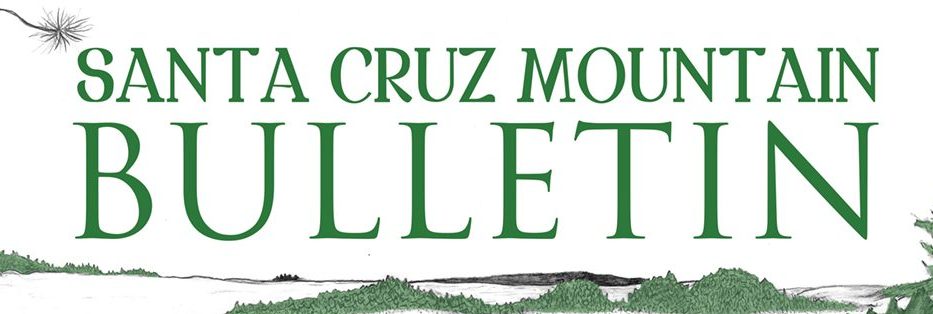Spring and summer are prime times for wildlife births, leading Native Animal Rescue (NAR) to receive numerous calls about baby animals. But are these babies truly in need of rescue?
Wildlife parents are generally better caregivers than humans, so it’s essential to ensure a baby actually needs intervention. Often, a seemingly abandoned baby is simply waiting while its parent forages for food.
Determining if Rescue is Necessary
Observe the animal carefully. Rescue is warranted if:
- The animal is clearly sick or injured.
- You are certain the parent is deceased.
- The baby is in immediate danger (e.g., predator activity, out of the nest too early, unsafe location).
If the baby appears healthy, is not crying, and is not in immediate danger, it is best to leave it alone. The parent is likely nearby. A well-intentioned rescue could inadvertently create an orphan.
Reconnecting Babies with Parents
Sometimes, babies need help reuniting with their parents. This might be necessary if a nest has fallen from a tree or a baby has become separated. NAR staff frequently guide people on how to safely reunite wildlife families.
- Squirrels: Place babies in an open box with a warming item near where they were found. Play recordings of baby squirrel noises to attract the mother. She will typically carry them back to the nest one by one. This method also works for raccoons but should be done after sunset.
- Birds: If a baby bird falls from its nest, return it to the nest. If the nest is damaged, repair it or create a new one and place it nearby. NAR volunteers often return young Western Gulls to their rooftop nests.
When Reunion Fails: NAR’s Role
When reunification is not possible, NAR acts as surrogate parents.
Case in Point: A Fawn Rescue
Recently, a resident reported a weak fawn. NAR’s fawn expert determined it needed examination. The fawn was treated for dehydration and was soon ready for a reunification attempt. NAR volunteers played a recording of the fawn’s cries, successfully attracting the mother. The fawn and mother were reunited and returned to the forest.
This successful rescue involved a concerned citizen and multiple NAR volunteers, highlighting how vital quick action and community involvement are for wildlife preservation.


